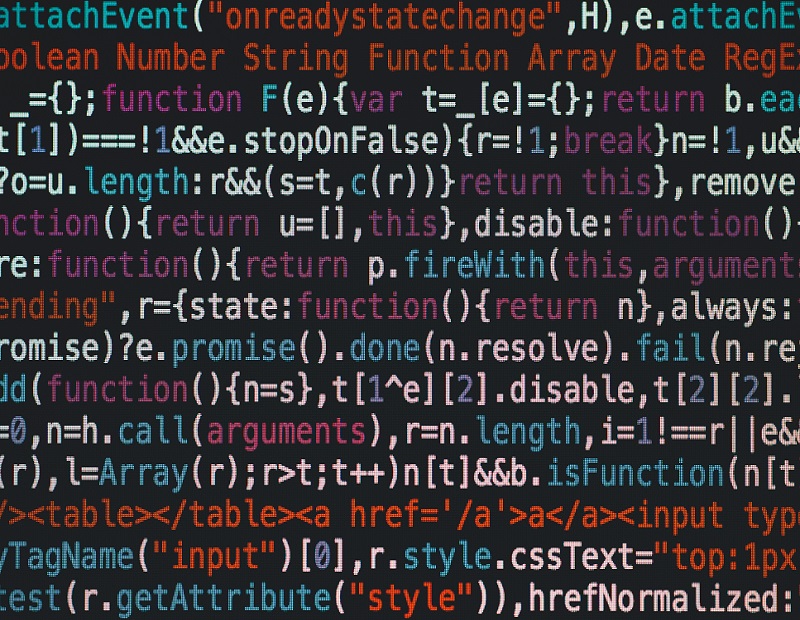Energy Management and IoT Solutions
Yardi Energy's Christy Cannon on how integrated systems are streamlining building operations. Second of two parts.
By Paul Rosta

Christy Cannon, Yardi Energy
In the second half of a wide-ranging interview with CPE, Yardi Energy’s Christy Cannon offers insights on how property operators can apply new and established IoT solutions. She also offers a glimpse of how technology service providers are preparing for future challenges.
Read part one of the interview from the November edition of CPE Energy Report.
What kinds of solutions are available today for owners and managers? Any promising products that have become available in the past year or so?
In terms of IoT, your imagination is the limit. Pair IoT with AI or personal apps, and you have some awe-inspiring solutions and products on the market.
I have to give a shout-out to CBRE. I attended the IFMA conference a couple of months ago and Brennan McReynolds from CBRE talked about the whole workplace experience, and how CBRE has recently released a phone App called “CBRE 360” that ties in all aspects of an employee’s work life and some from outside the workplace to help employees stay on focused on work tasks and be more effective. It had some of the work functions you would expect like interactive floor maps with walking turn-by-turn directions to an office or reserving conference rooms.
Being able to send your exact location to co-workers also seemed helpful. I get lost in my company’s offices all the time that I don’t visit often. But the CBRE app also had some functions you wouldn’t expect, like managing concierge services offered by the building. Imagine being able to send your grocery shopping list for someone else to do, ordering your car washed, or having someone pick up your dry cleaning. The employee can easily and efficiently manage multiple aspects of their life with this one phone app which helps them focus on work while at work.
More directly related to building operations, we’re seeing integrated systems that link data in new ways, pulling more intelligence from the same data sets. An example would be the linking of monthly utility bills and real-time consumption data. Suppose you are an asset manager looking into utility budget variances for your VP. You can see your electric cost increased by 30 percent in June, but you don’t know why. You can drill into a graph online, all the way to the meter level, to easily see which meter caused the cost spike.
Click on a link by the meter’s utility bill image, and suddenly you are looking at consumption 15-minute interval data for that meter, for that service period. You can now easily see exactly when the consumption spike occurred—maybe on Monday afternoon at 2:30 three weeks ago, and work with the facility manager to address it. Let’s extend this example several months down the road. Let’s say your facility manager took action and made an operational change. Wouldn’t it be great to report the savings related to that change?
Dollars and Sense

Photo by Markus Spiske on Unsplash
This integration also ties your financial data from utility bills to your operational data on utility consumption saved. You’d probably get a different reaction from your CFO if you reported a savings of $55,000 versus 460 megawatt-hours. Utility units of measure have no meaning at the C-level, but dollars and cents is the one language everyone speaks. Now you can just print out a report with both numbers. Previously, you’d have to manually track back the costs per unit for each month, apply to the saved consumption after you calculated that was, and add it all together, hoping you got it right.
Another example would be the simplification of the operator’s software experience. Most of our clients have very diverse portfolios with big buildings, small buildings, some buildings with central chiller plants, some buildings with rooftop units. Some buildings have HVAC optimization; some buildings have only real-time metering or fault detection and diagnostics or central control; and some buildings have three out of the four. Usually all these products for the different buildings would be managed by different point solutions in different portals. One complaint I commonly hear from clients is that they have too many portals to log into on a daily basis.
How about pulling all those products into a single portal? Now you can go to one place to manage your entire portfolio, see all your faults and alerts, regardless of product, and view a dashboard of highest building utility users and which ones need attention. Whether it’s a big building with a chiller plant using HVAC optimization, or a small building with rooftop units using central control, they both can be compared on a consumption by square foot basis, they both can have their faults and alerts listed. The client shouldn’t have to care about which specific technology is installed in which building. They just go to one place for everything.
You’ve pointed out that new security challenges will emerge as artificial intelligence and the IoT evolve. What are consultants and service providers like Yardi Energy doing today to prepare for what’s on the horizon?
Taking advantage of IoT to maximize its value is definitely in the forefront, especially for facilities management. With AI and IoT we can automate processes that were previously very painfully manual. Let’s look at a specific example—after-hours HVAC requests from tenants. This is a common service. Here’s how it will work in the near future: We have tenants who make an after-hours HVAC request through a tenant portal. The portal sends a schedule change to the building automation system, then a charge is posted to the tenant ledger. To complete the process, accounting puts a fee on the tenant’s next bill, which they pay on the tenant portal.

Photo by Joshua Sortino on Unsplash
All of this happens with no human interaction beyond the tenant requesting HVAC after hours on the portal and then paying the resulting charges. What didn’t occur in this process? The facility manager isn’t getting a call and then having to make a change to the schedule in the building automation system manually. Also, the facility manager didn’t have to slip a piece of paper to accounting or send an email with a list of all the tenants who requested after-hours HVAC. And the accountant didn’t have to enter it in the system for each tenant.
Here is another example. Let’s say that fault detection and diagnostics in the building automation system sends a fault alert to the facility manager. That fault alert also automatically creates a work order and, depending on the fault, may also trigger something to be ordered from an integrated marketplace. A purchase order is sent to the accounting system, and the product is ordered and shipped to the site.
Once maintenance completes the necessary tasks to resolve the fault, the work order is completed. What didn’t happen? The facility manager doesn’t have to submit a request to accounting for a purchase order. Nor does the facility manager have to manually create a work order. And neither accounting nor facilities management have to go online to place an order. As we remove humans from these simple manual processes, we give them the bandwidth to focus on other more complex activities. This level of enterprise solution is only available because of the proliferation of the IoT, combined with AI and the connectivity of systems.
Chain Reaction
Unfortunately, however, it’s not all fun and games. We are also keeping an eye on potential solutions to the issues IoT may create down the road, focusing on security and network constraints. Blockchain is one of those technologies we’re tracking. It’s a new kind of database technology. With blockchain, digital information is distributed, not copied. Think of Google Docs versus Microsoft Office.
Ever tried to have two people work on the same Microsoft Word document at the same time? It can’t be done. What happens when that one document is accidentally deleted? It’s gone forever. However, I can delete my document in Google docs, but anyone else who was also working on it also has the same document. Storing blocks of identical information across a network eliminates single point of failures.
By now, you may be asking yourself: “But then there are more copies that can accessed. Haven’t I increased my risk?” No, because currently trust is also controlled in a central location—that wheel hub I mentioned. The blockchain model totally changes the current structure of a central trust authority in a wheel hub by decentralizing everything. What I mean is that all participants in a blockchain have to verify a transaction before it is accepted as legitimate. To put it simply, blockchain makes the cost of the computer resources too high to beat it. Now a network can’t be compromised by a single device.
However, like anything else, you need to know when it’s appropriate to employ. There will always still be a need for data to be collected in a central location. But in applications where that’s not a requirement, blockchain could significantly cut down on processing and storage while increasing security in situations that don’t. Some elements of building automation would be examples, such a lighting system.
It may be monitoring partial natural light and balancing the light levels with artificial light, communicating with electric lights to adjust levels as appropriate. In this case, there isn’t a benefit to a central hub, so blockchain may be a good application. It’s all about reducing risk how you can, where you can. As long as there are bad guys, there are good guys like Yardi working to create new efficiencies while protecting our client’s business interests.
Christy Cannon is an account executive at Yardi Energy and holds the Certified Energy Manager (CEM) designation from the Association of Energy Engineers.







You must be logged in to post a comment.